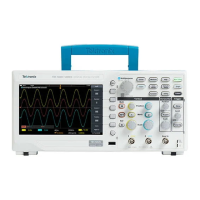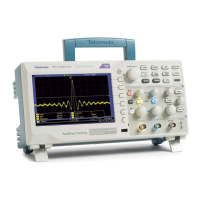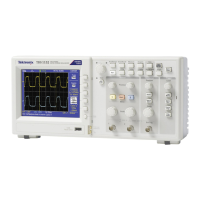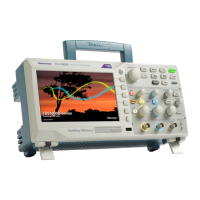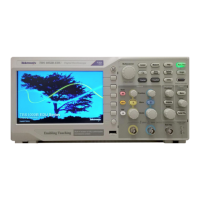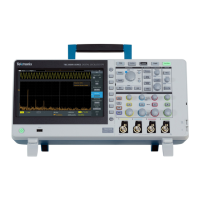8
Instrument Controls
The controls of a typical oscilloscope can be grouped into three major categories: vertical, horizontal, and
trigger. These are the three main functions that are used to set up an oscilloscope. The use of these
controls is described in the following sections of this lab.
Here are a few hints that will make using the oscilloscope controls easier:
• Decide if the task is related to oscilloscope’s vertical axis (typically voltage), horizontal axis
(typically time), trigger, or some other function. This will make it easier to find the correct control
or menu.
• Pushing a front-panel button will usually display a first-level menu at the right side of the display.
The menu items are logically prioritized from top-to-bottom. If they are selected in that order, the
setup should be straightforward.
• If the LED next to the multipurpose control is lit, it indicates the front-panel multipurpose control
may be used to change the highlighted menu selection.
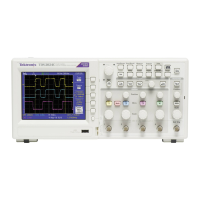
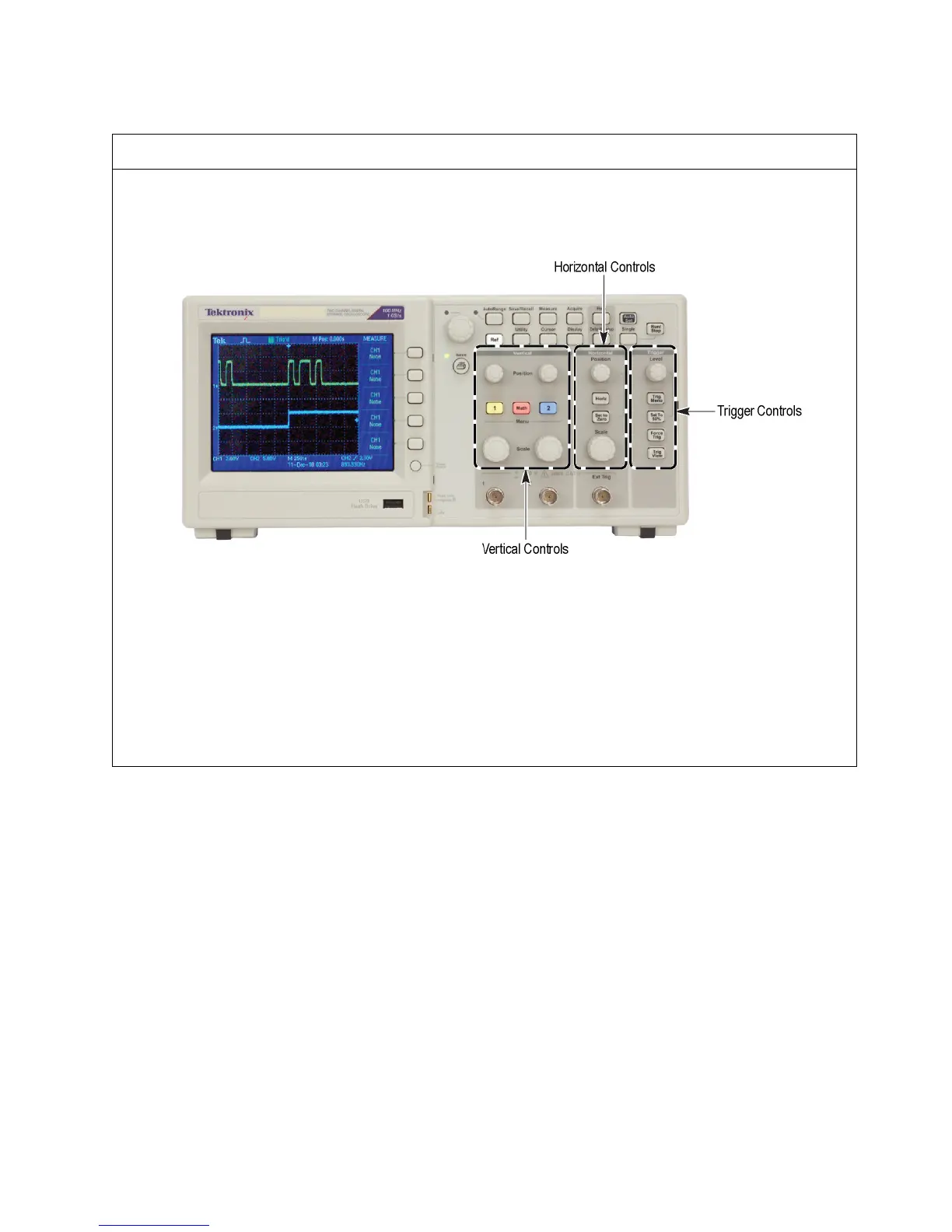